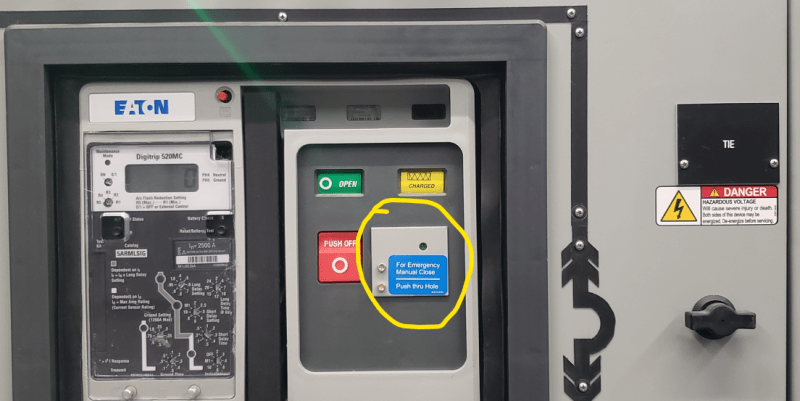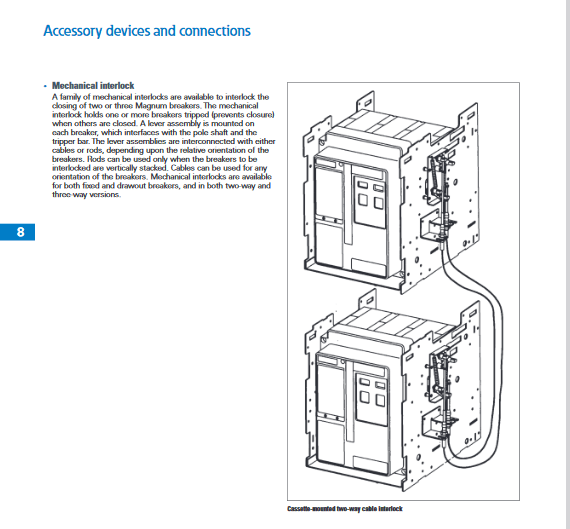jaime.A
Electrical
- Oct 4, 2018
- 7
Existing system:
Low-voltage 480V/277 Switchgear with kirk-keys on the Main-tie-main. This system does not have an automatic transfer scheme.
New Design:
480/277 switchgear with main-tie-main and use magnum DS 3000A CB. I would like to implement an automatic transfer scheme, so which control system do you guys recommend I was thinking of using two SEL-751 relays.
I am under the impression that kirk-keys are used to reduce operator error and, in this case prevent paralleling the two feeders. Some circuit breakers have a lever to open/ close the breaker if a kirk-key is used in conjunction with automatic transfer scheme how would the system work if an operator needs to be present to physically unlock/ lock the kirk-key?
Low-voltage 480V/277 Switchgear with kirk-keys on the Main-tie-main. This system does not have an automatic transfer scheme.
New Design:
480/277 switchgear with main-tie-main and use magnum DS 3000A CB. I would like to implement an automatic transfer scheme, so which control system do you guys recommend I was thinking of using two SEL-751 relays.
I am under the impression that kirk-keys are used to reduce operator error and, in this case prevent paralleling the two feeders. Some circuit breakers have a lever to open/ close the breaker if a kirk-key is used in conjunction with automatic transfer scheme how would the system work if an operator needs to be present to physically unlock/ lock the kirk-key?


